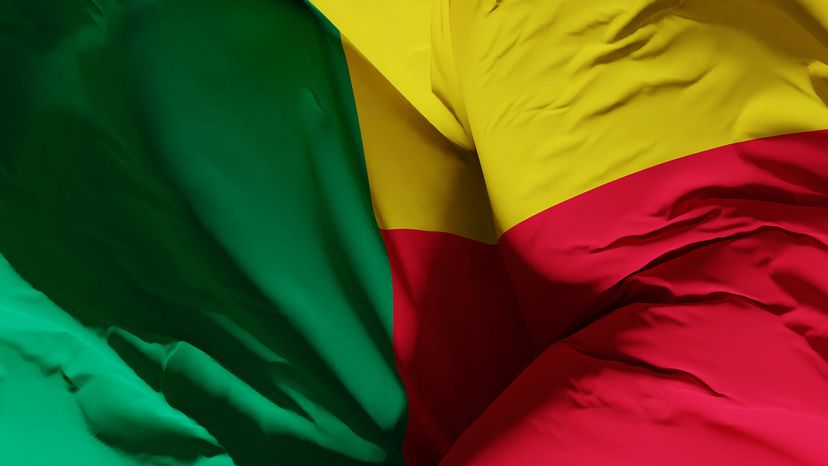
When we think of national flags, we're often drawn to their colors and designs, each one telling a unique story. A red, yellow, and green flag is no different.
These flags, largely from African and European countries, connect diverse regions through their bold symbols, vibrant hues and cultural pride. They're packed with meaning, often reflecting a nation's heritage, natural resources and unity.
Advertisement
1. Ethiopia

Ethiopia's official flag is an iconic tricolor of green, yellow and red horizontal stripes. One of the oldest flags in Africa, it serves as a symbol of national unity and pride, with green representing the fertile land, yellow for peace and hope and red for the courage of those who fought for independence.
Like many other flags of African states, the central yellow star emblem symbolizes diversity and equality within the country's various ethnic groups.
Advertisement
2. Mali
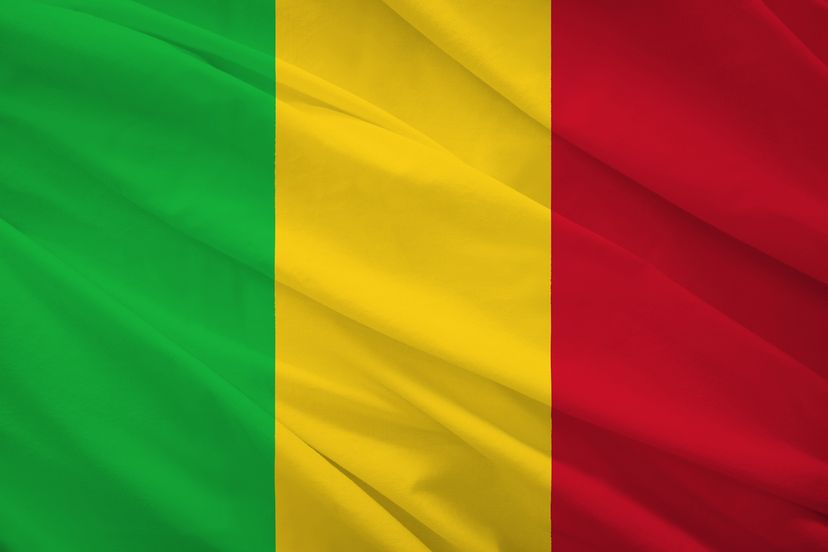
Mali's national flag features vertical stripes of green, yellow and red, symbolizing Africa's Pan-African colors. Green stands for fertile lands, yellow for the country's natural resources and red for the bravery of Mali's armed forces.
Advertisement
3. Senegal
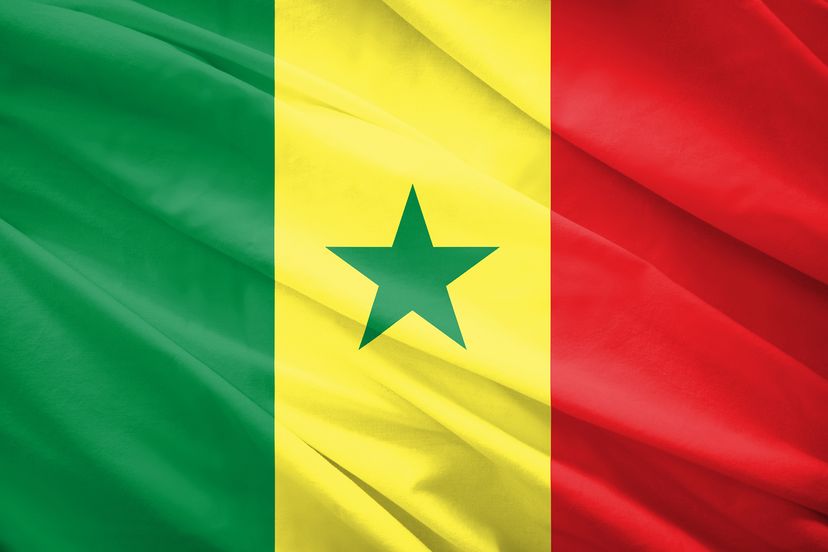
Add Senegal to the list of African countries whose flag showcases a green stripe, yellow stripe and red stripe — but with a green star in the center, symbolizing unity and hope.
The green stripe represents Islam, the dominant religion in the country. Yellow represents wealth and the country’s resources, and red signifies the sacrifice of Senegal’s forefathers.
Advertisement
4. Cameroon
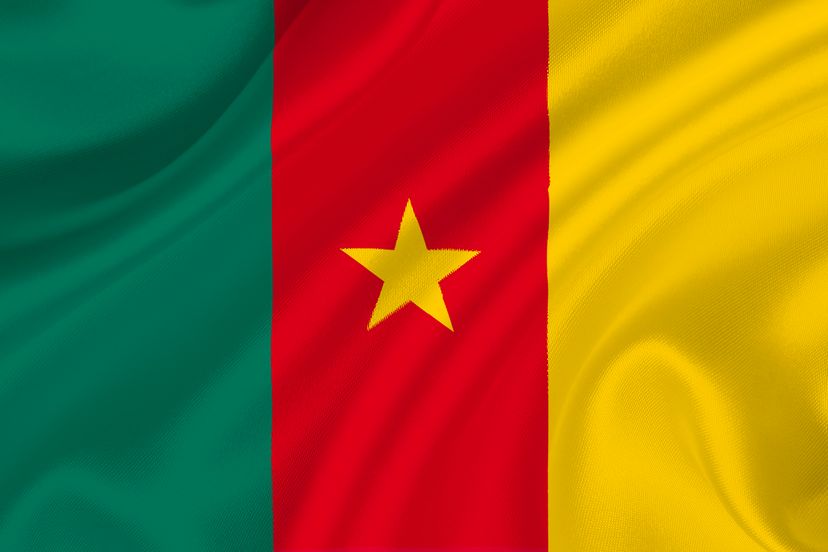
Cameroon's flag sports vertical stripes of green, red and yellow with a yellow star at the center. Green reflects the country's lush forests, red symbolizes unity and independence, while yellow signifies the wealth of Cameroon's natural resources.
The flag is a common sight during major national events and celebrations, uniting the country's diverse regions under a single banner.
Advertisement
5. Lithuania
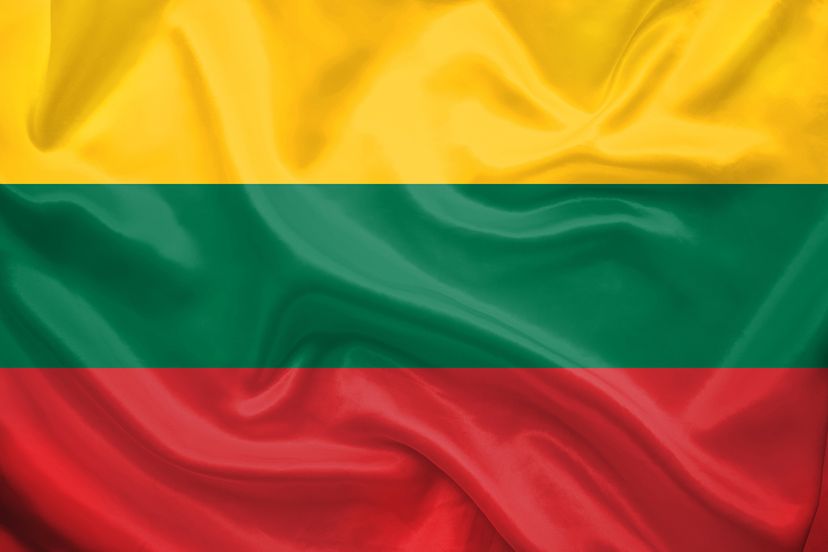
The Lithuanian flag is an official flag of horizontal stripes in yellow, green and red. It represents the spirit of national pride and unity within the European country. The yellow stripe stands for prosperity, green for the lush landscapes and red for the strength and bravery of the Lithuanian people.
Advertisement
6. Bolivia
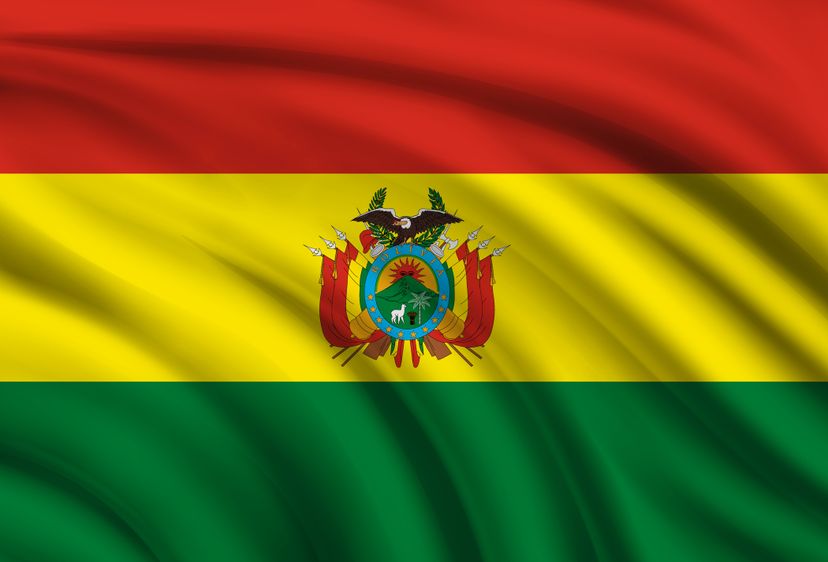
Bolivia is a landlocked South American country that stretches from the Andes Mountains to the Amazon Rainforest. It has a national flag is a tricolor of horizontal green, yellow and red stripes, symbolizing the country's history and values.
Red stands for the bravery of Bolivia's armed forces, yellow for its mineral wealth and green for the rich, lush landscape. This yellow, green and red flag is prominently displayed on official buildings, and commonly seen during celebrations, representing the pride of the Bolivian people.
Advertisement
7. Ghana

Ghana's flag is a bold combination of red, yellow and green with a central black star symbolizing freedom and national unity.
The red represents those who sacrificed their lives for independence, yellow stands for the country's wealth in natural resources and green symbolizes its verdant landscapes.
Seen at national celebrations and on government buildings — such as the office of the prime minister — it's an official flag that stirs national pride among Ghanaians at home and abroad.
Advertisement
8. Benin
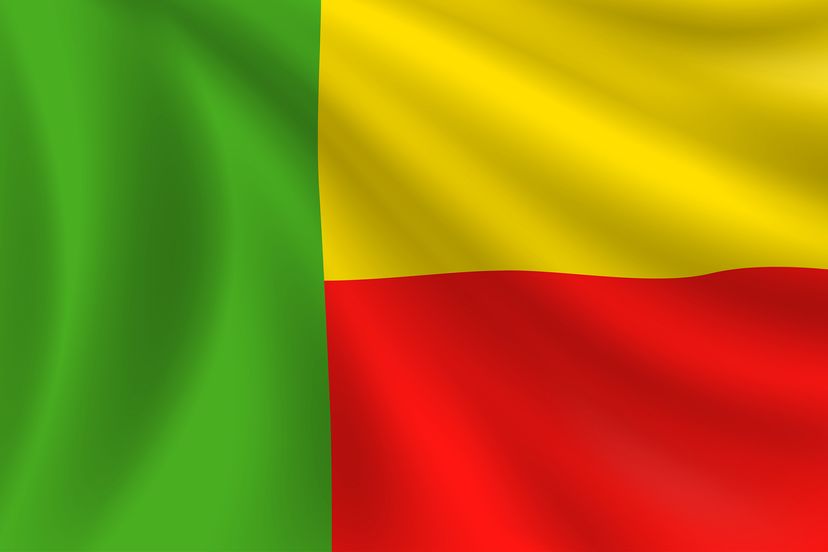
The Beninese national flag has green, yellow and red sections, with a green stripe representing hope and renewal, yellow symbolizing the country's natural wealth and red signifying the bravery of Benin's people.
Often flown at diplomatic missions and government buildings, it reflects the spirit of Benin's independence and strength.
Advertisement
9. Guinea

Guinea's national flag features red, yellow and green vertical stripes. Red represents the people's blood shed for independence, yellow signifies the Guinea's abundant natural resources, and green stands for the agricultural wealth of the country.
The flag is a vibrant expression of national pride and is displayed prominently during official events and celebrations.
Advertisement
10. Republic of the Congo
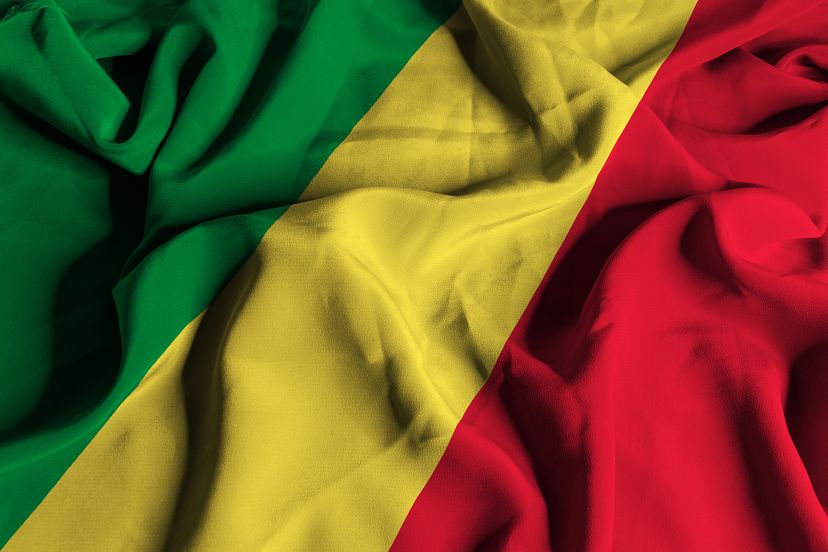
The flag of the Republic of the Congo is divided diagonally with a yellow stripe separating the green and red sections. Green represents the country's lush forests, yellow symbolizes friendship and red commemorates the struggle for independence.
This flag is a testament to the nation's identity and resilience, seen on government structures (such as the supreme court) and at national celebrations.
Advertisement
11. Myanmar
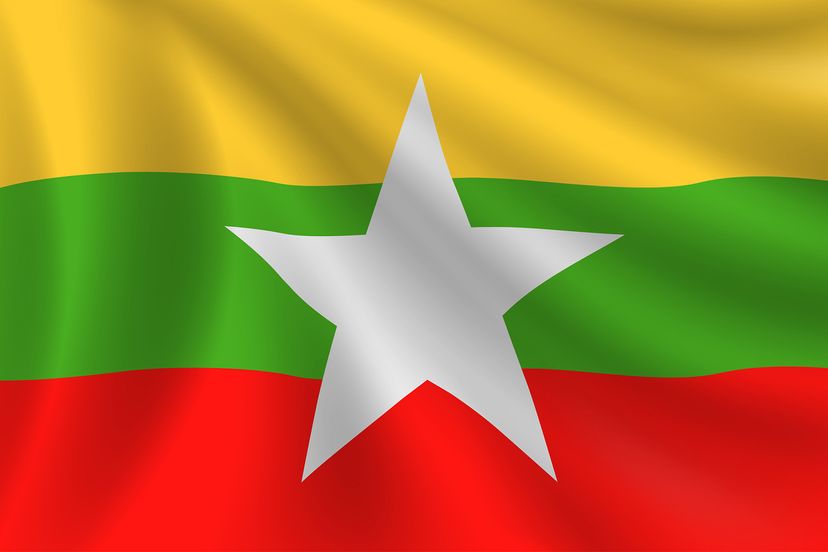
Myanmar's flag consists of horizontal stripes in yellow, green and red, with a white star at the center symbolizing national unity. Yellow represents solidarity, green signifies peace and red stands for bravery.
This flag is displayed on Myanmar's national holidays, reflecting the pride of a resilient nation and its people.
Advertisement
12. Togo
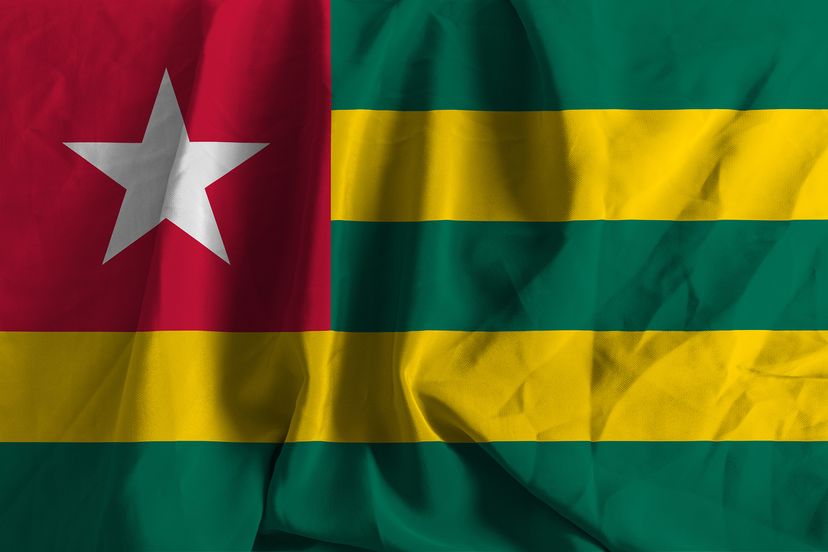
The national flag of Togo has five horizontal stripes of green and yellow with a red section on the top left, featuring a white star. Green symbolizes agriculture, yellow represents the country's wealth and the red section with the star stands for courage and national unity.
The flag is a common sight at official events and represents Togo on the international stage.
Advertisement
13. Burkina Faso

Burkina Faso's official flag consists of red and green horizontal stripes with a yellow star in the middle. Red represents the revolution, green stands for the country's natural abundance and the yellow star symbolizes the guiding light of independence.
Displayed on national holidays, it signifies the pride and unity of the Burkinabe people.
Advertisement
14. São Tomé and Príncipe

The flag of São Tomé and Príncipe has a red triangle on the left with three horizontal bands of green, yellow and green.
It has two black stars representing the two islands. Green signifies the land, yellow for cocoa production (a staple of the economy) and red symbolizes the island country's fight for independence.
The flag embodies national pride and unity, proudly flown during national celebrations and official events.
We created this article in conjunction with AI technology, then made sure it was fact-checked and edited by a HowStuffWorks editor.
Advertisement